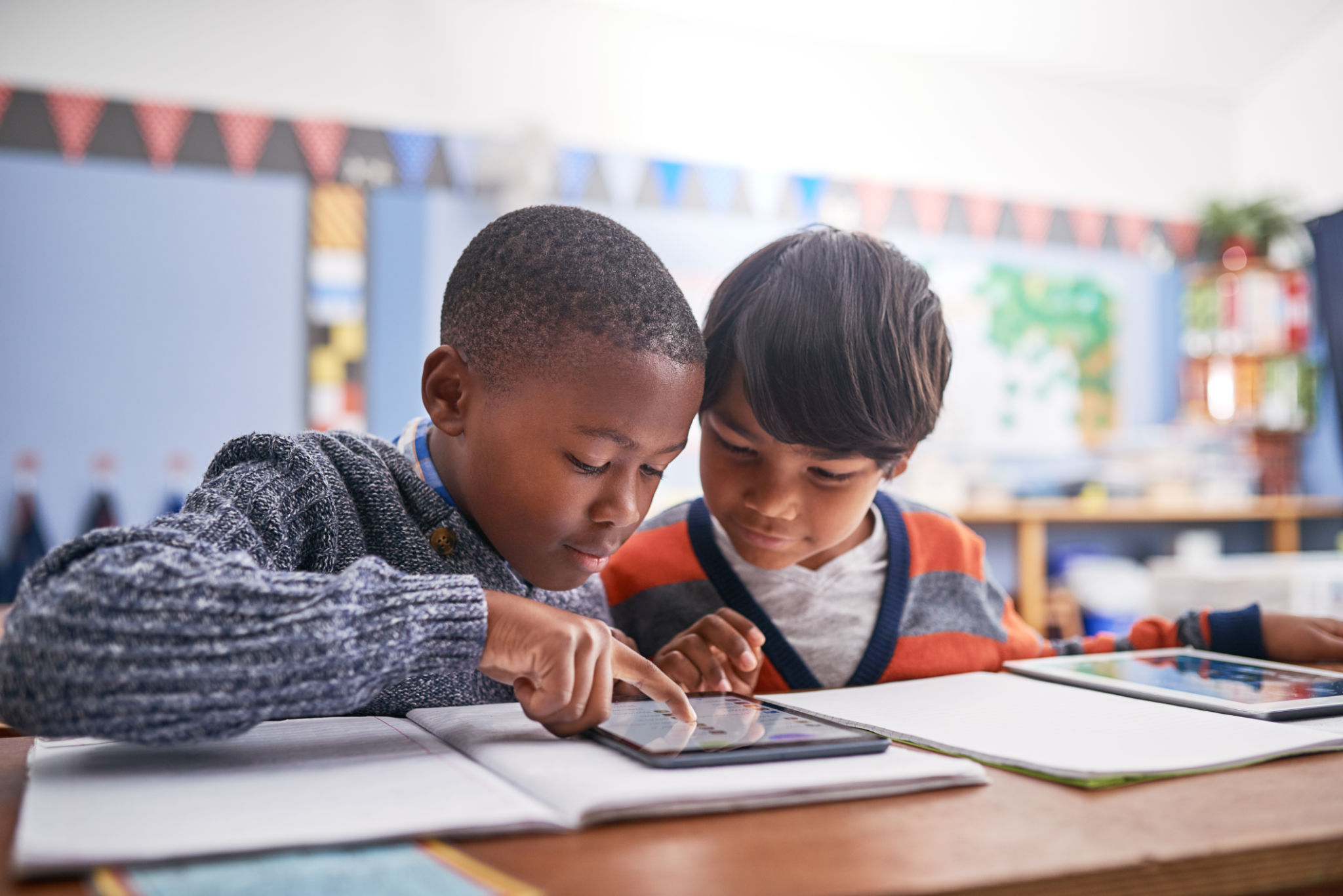Seasonal Tech Trends in Education: Preparing for the New School Year
Embracing Digital Learning Tools
As the new school year approaches, educational institutions are increasingly adopting digital learning tools to enhance the learning experience. These tools are not only making learning more interactive but also more accessible. With the rise of online education platforms, students can now access a wealth of information with just a few clicks.
Platforms like Google Classroom, Canvas, and Microsoft Teams have become staples in many schools, providing a centralized hub for assignments, feedback, and communication. These platforms also support the integration of third-party applications, enhancing the versatility and functionality of digital classrooms.

Interactive Learning Apps
Interactive learning apps are another trend that is gaining momentum. These apps offer personalized learning experiences, adapting to the pace and style of individual students. Apps like Kahoot!, Quizlet, and Duolingo are popular choices, known for making learning fun and engaging through gamification.
Moreover, many of these apps provide real-time feedback, helping students understand their strengths and areas for improvement. This immediate feedback loop is crucial in fostering a growth mindset among students.
Innovations in Classroom Technology
The integration of technology in traditional classrooms continues to evolve. Interactive whiteboards, smart projectors, and augmented reality (AR) tools are becoming more prevalent, allowing teachers to create immersive learning experiences. These technologies encourage student participation and can make complex subjects more understandable.

Augmented Reality and Virtual Reality
AR and VR are transforming education by providing students with experiential learning opportunities. For instance, students can explore historical sites or dive into the human body without leaving the classroom. Such immersive experiences can enhance comprehension and retention of information.
While VR requires specialized equipment, AR can be accessed through smartphones and tablets, making it a more feasible option for many schools.
Data-Driven Insights
Another significant trend is the use of data analytics to drive educational outcomes. Schools are leveraging data to track student performance, tailor educational content, and identify areas where students may need additional support.
Data-driven insights can help educators make informed decisions about curriculum adjustments and teaching strategies, ultimately leading to improved student performance.

AI in Education
Artificial Intelligence is playing an increasingly important role in education. AI-powered tools can automate administrative tasks, provide personalized tutoring, and even grade assignments. This not only saves time for educators but also ensures that students receive timely support.
As AI technology continues to advance, its applications in education are expected to expand, offering even more opportunities for enhancing teaching and learning processes.
Preparing for the Future
As schools prepare for the new academic year, staying abreast of these seasonal tech trends is crucial. By embracing digital tools and innovative technologies, educators can create dynamic learning environments that cater to the diverse needs of students.
The future of education is undoubtedly digital, and by integrating these technologies into the classroom, we are preparing students for a world where tech literacy is essential.
